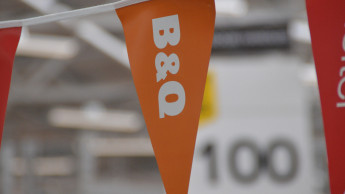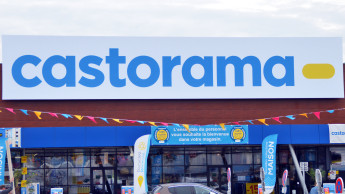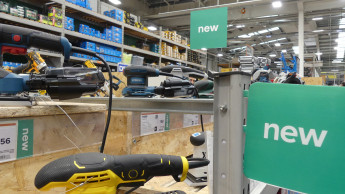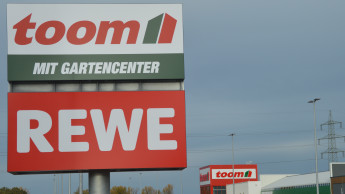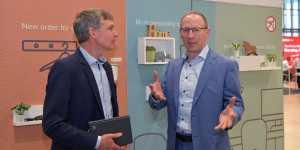Over the past four years, Castorama has enabled Kingfisher to double the group’s sales in Italy. This year will see the opening of the first store in a city centre
Shopping motivation is limited to essentials. The fun has increasingly gone out of shopping, and attention is now focused more and more on pricing compared with one or two years ago.
The Kingfisher group’s retail channel has seen rapid development during the past four years, with the total number of stores rising from 14 to 26 and gross sales doubling from € 250 mio to € 500 mio since 2002. Moreover, according to Giulio Maleci, managing director of Castorama Italia, there has even been a trebling of profit as a result of the company’s commitment over the past ten years to obtain a better understanding of the Italian market and its consumers.
New this year
Since 2003 Castorama has topped the Italian DIY retail rankings in terms of sales and retail space, if one disregards the SIB group, which is represented in this market by two retail formats, Bricocenter and Leroy Merlin. Being anxious to maintain this position, management is planning at least three new openings for 2006 and intends to bring sales up to the € 600 mio mark.
Following the refurbishment of the store at Marcon in Venetia, which was re-opened on 15 March, one new store opened on 22 March in Naples, to be followed by a second in 2007. An absolute novelty for superstore operators in Italy will be the opening of a DIY store in a city centre. This is on the cards for the first Castorama in Milan, a store 2 400 m² in size that is expected to open for business on centrally located Washington St in the second half of the year.
In this way the company is complementing its large-format warehouse concept and its Castorama Markets, which are 3 500 – 4 000 m² in size and usually located on the outskirts of relatively small towns, by Castorama Centro Città outlets (Castorama City Centre) for major cities. Putting this concept into practice is, of course, more difficult and only feasible where the necessary conditions are in existence.
“The model has its origins in France, where the first city Castorama opened at Place Clichy in Paris, near Pigalle, in 1986. It was followed by a second urban outlet at Place de la Nation,” explained Giulio Maleci. The Place Clichy store today figures among Castorama France’s top ten outlets, ranking in terms of profit between fourth and fifth positions. Where the inventory is concerned, it is not based on a reduced version but on a new concept that is capable of modifying the mixture of offer, service, price, product range and promotion at short notice.
Catalogue advertising
The catalogue that was completed last spring had a considerable success in the world of Italian DIY retailing. It appears periodically and is available in the stores, though it is also being distributed to households on a trial basis in certain areas. It is the result of improvements in focusing and specialisation in terms of products and services, and of the communications systems developed by the French sales format. The aim was to offer an instrument that will give customers advice and information on projects, in addition to an overview of the products available. The results have been extremely positive, which is why the 2006 issue is in preparation, though any potential innovations remain top secret.

 Menü
Menü







